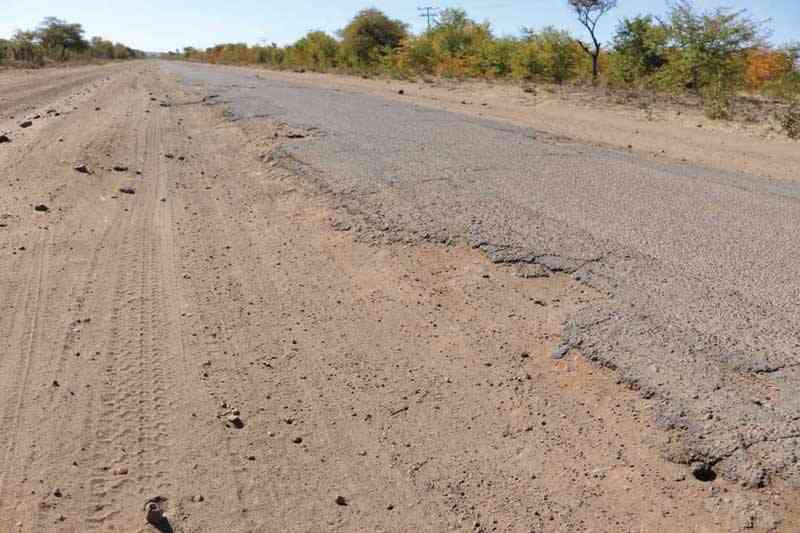
By Elisha Woyo
THE COVID-19 pandemic has seen global tourism suffer, even to the extent of zero tourism, since the virus knocked on our borders in March 2020.
However, we have seen various levels of lockdowns, and Zimbabwe is currently making headway towards fully reopening its borders to revive tourism.
Saddled with travel restrictions imposed by several countries, several destinations have resorted to promoting domestic tourism without international and high-paying tourists. Zimbabwe is no exception given that this was emphasised in its tourism recovery strategy of August 2020.
While the emphasis seems to be on international travel as always, with Victoria Falls and Kazungula being open for vaccinated travellers, what will become of the domestic travel market?
Promoting domestic tourism is not a new phenomenon globally.
Kenya did this following its post-election violence of 2008, Malaysia during the Asian financial crisis of 1997/98, and the US in the aftermath of the September 11 2001 attacks.
As a distressed destination, Zimbabwe can also benefit from promoting tourism on the domestic market.
- Chamisa under fire over US$120K donation
- Mavhunga puts DeMbare into Chibuku quarterfinals
- Pension funds bet on Cabora Bassa oilfields
- Councils defy govt fire tender directive
Keep Reading
However, in a recent study that examined the sustainability of promoting domestic tourism as a post-COVID-recovery strategy in distressed contexts, it was observed that several challenges are hindering it.
Key among these challenges include the affordability of tourism products and services to the local market.
With deep-seated challenges in Zimbabwe, domestic tourism can help revive the tourism industry if managers and policymakers revisit pricing issues.
This works against its competitiveness for both the international and domestic markets.
There is a sentiment among suppliers of tourism products in Zimbabwe that the domestic market is unwilling to pay for tourism. Based on the research I conducted, this is not a true narrative.
The domestic market yearns for travel but is hindered by cost.
The pricing of Zimbabwean tourism products is largely pinned on a philosophy of attracting few high-paying tourists, which seems to have worked for some time.
Still, with the growing competition and challenges emanating from COVID-19, that strategy requires rethinking, especially if we are to sustain domestic tourism.
Furthermore, the design of tourism products also requires adjustments to suit the domestic market, as most products were designed for the international traveller — much more innovation and localisation of the product is required.
Without such, domestic tourism Zimbabwe will remain at the periphery of tourism development.
It is critical to highlight that the viability of using domestic tourism as an option for recovery in Zimbabwe depends on how attractive and affordable the tourism products are.
Price reductions and other incentives aimed at stimulating the domestic market are imperative for post-COVID-19 recovery.
This can be easily achieved by developing a price regulatory framework, which the Hospitality and Tourism Industry ministry should be taking care of.
Dealing with this is also important beyond tourism recovery.
It helps enhance destination loyalty and lengthen the period of stay for tourists, which before COVID-19 was an average of two nights.
Failure to address this will result in the destination already in distress, losing more revenue and market share, thus resulting in more woes like unemployment, which tourism should create.
With the tourism products largely developed and to be sold to an international traveller, there is a need for destination managers in Zimbabwe to push for more inclusive tourism.
Domestic tourists are currently excluded from the tourism value chain through several factors, including exorbitant prices, product design, and supply-side packages that naturally favour the international tourist.
Even the marketing element that Zimbabwe Tourism Authority (ZTA) pushes for is designed to influence more cross-border travellers. While ZTA has been promoting domestic tourism, designing tailor-made packages for the domestic market could be the starting point.
Competitive prices must be deliberately pursued, and this is critical in building financial inclusion.
Tourism is generally an industry that is highly dependent on income, and the circumstances in Zimbabwe show that the domestic market is highly income constrained.
The government has played a pivotal role in waiving taxes for suppliers to bring in capital, and the same thinking can be applied to those that charge less for domestic tourists.
Without addressing these and many other challenges, the promotion of domestic tourism could merely be academic and theoretical narratives, which Zimbabwe does not need.
Domestic tourism recovers quicker compared to international tourism.
For this to happen, there is a need to increase access to domestic attractions, and this requires beefing up internal airline connections which should be priced correctly.
The promotion of domestic tourism requires government and other supply-side players in the tourism industry to address supply-side challenges.
Therefore, it is time to rethink tourism, the market, product, design as we do business in the new normal world.










